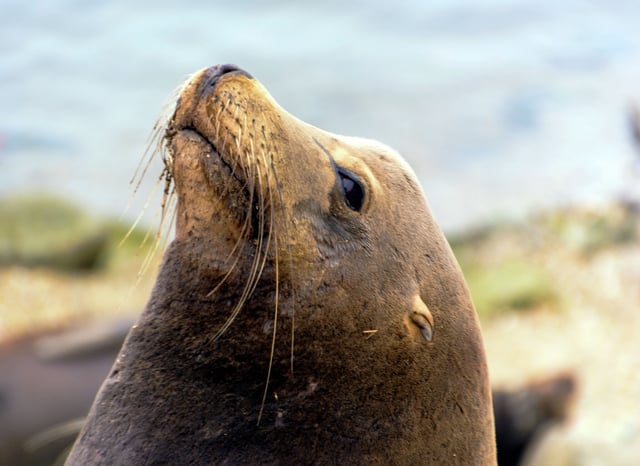Overview
- Phoebe Beltran sustained multiple bites and scratches but avoided severe injury during the March 30 attack and is determined to retry her junior lifeguard test.
- The sea lion's aggression is suspected to be caused by domoic acid poisoning from a toxic algal bloom exacerbated by climate change and pollution.
- This is the fourth consecutive year of severe harmful algal blooms in California, with marine mammal rescue organizations overwhelmed by stranded and sick animals.
- Experts warn the public to avoid distressed marine mammals, as the neurotoxin can cause erratic and dangerous behavior in affected animals.
- The incident marks the first reported sea lion attack in Long Beach in over 25 years, highlighting the growing impact of environmental crises on wildlife and public safety.



